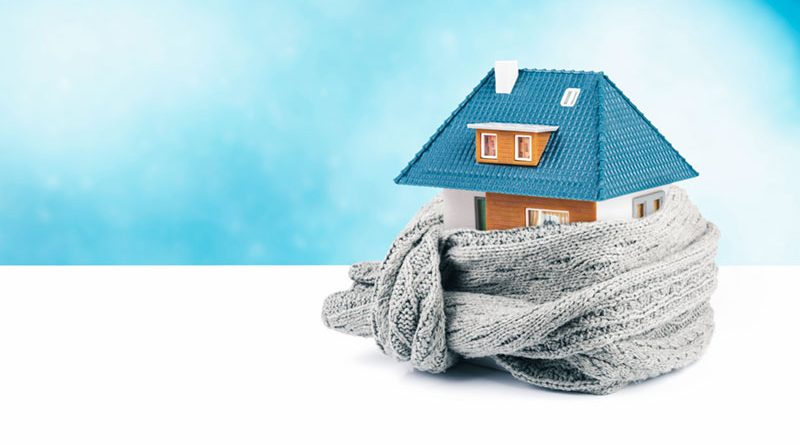Increase Home Heat Efficiency
Things you can do to save money this winter range from replacing the furnace filter to lower the thermostat at night or on weekends you’re not home
By Deborah Jeanne Sergeant
If you felt burned by home heating costs, you can dramatically decrease these expenses with a few changes and upgrades to your home. A few of them won’t cost much at all.
Scott Oliver, deputy for energy programs at PathStone Corporation in Rochester, said that installing a new furnace filter will help.
“A clogged filter will inhibit air flow and make the furnace work harder,” he explained.
It’s also helpful to have your furnace and ducts cleaned to help the furnace work more efficiently and not use as much energy.
While you’re in the basement, check your water pipes for insulation.
“As your basement gets colder in the winter, you’ll lose more heat from non-insulated pipes,” Oliver said.
As another way to snug your home, Bart DiProspero, sales manager at Crossfield Heating & Air Conditioning in Webster, recommends sealing up windows with clear plastic shrink wrap covers if they’re not double pane windows or if they’re poorly sealed, indicated by the feel of cold air leaking in around the windows.
“If it’s not 100% properly sealed, it will turn your furnace on and off,” DiProspero said.
There’s little sense in keeping your home toasty while you’re away at work or on a weekend trip. Instead of paying for heat while you’re not even using it, turn it down.
DiProspero suggested a five-degree reduction on the thermostat’s normal temperature. You can also do the same just before bed.
“If you have a programmable thermostat, you can do that automatically,” DiProspero said. “If you want your house 75 or 78 degrees in the winter, you’ll pay for that. If it’s comfortable 68 to 70 degrees, start with that and see how that feels.”
Some thermostats, such as the Nest, may be controlled remotely through a smartphone so you can turn up the heat before you even leave work and come home to a warm home.
“A lot of homeowners can install a programmable thermostat,” DiProspero said. “If they’re not mechanically inclined, have a professional do it. You may need to run a wire to the furnace.”
He also suggested considering a new furnace for homeowners whose furnace is 15 to 20 years old or older, since newer models may be up to 25% more efficient than older ones.
A space heater may seem an easily solution for rooms that always seem cold or to warm up a spouse who “runs cold” in winter; however, electric space heaters can be costly to run. Instead, adjusting the dampers to some rooms can reduce the amount of heat to some and push more warm air where you want it.
“It’s called balancing a house, which especially works if the duct work isn’t too bad,” DiProspero said.
If you’re ready for some renovation, take a close look at your home’s insulation, especially in the attic. Though it may be simply a partially finished space for stowing mementos, DiProspero said that that the attic of many homes older than 30 years is not sufficiently insulated.
“The newer standards for attic insulation can greatly improve the efficiency of any house and make it more comfortable in the heating season,” he said.
A simple way to see if your home has insufficient attic insulation is to see if the snow melts very quickly off your roof compared with a newer home. DiProspero said that warm air leaking out of the roof shows it’s not well insulated.
Jeremy Groh, owner of J. Groh & Sons in Walworth, suggested energy efficient windows, doors and insulation if you’re remodeling.
Although any of these distributed in New York will be Energy Star-certified, Groh said that those with the highest ratings will cost more, but can help a home reach its optimal energy efficiency. “Compared with a single-pane window, you’ll save anywhere from 10 to 15%,” Groh said.
He installs a complete window with insulation for $500.
You can also obtain a free energy assessment from a NYSERDA-qualified contractor.
“An energy assessment can show you where there’s not enough insulation in your home or how your furnace might be inefficient,” Oliver said. “There are programs that can provide free insulation and 50% off a new furnace for income qualified families.”

